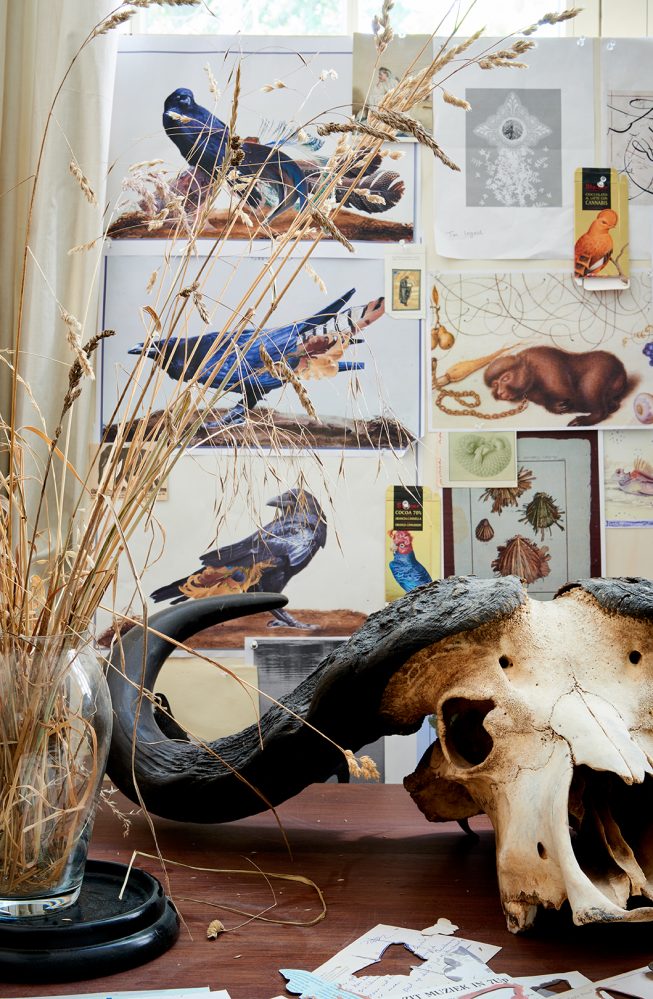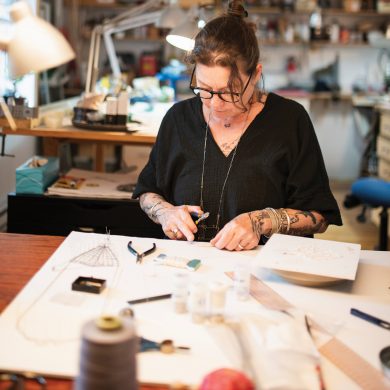
I am a biologist at heart and my fascination for the natural world got me into trouble at an early age. When I was in kindergarten, I tried to have a discussion with one of the nuns in charge. She told us about the difference between humans, plants and animals and I turned to her and said, “But humans are animals, too, aren’t they?” This turned into a big discussion until she said, “Peter, I am going to end this now, but I recommend you go and study biology when you grow up.” I decided there and then that’s what I was going to do.
It looks like you’re out of free articles.
Become a Women Create member to read this full article.
Already a member? Sign in

Monthly Membership
- Unlimited access to the Women Create website
- Monthly Maker Moments livestreams, members-only newsletters and more

Annual Memberships
- Unlimited access to the Women Create website
- Print and digital subscriptions of WHAT Women Create magazine, WHERE Women Create magazine, or both
- Monthly Maker Moments livestreams, members-only newsletters and more







